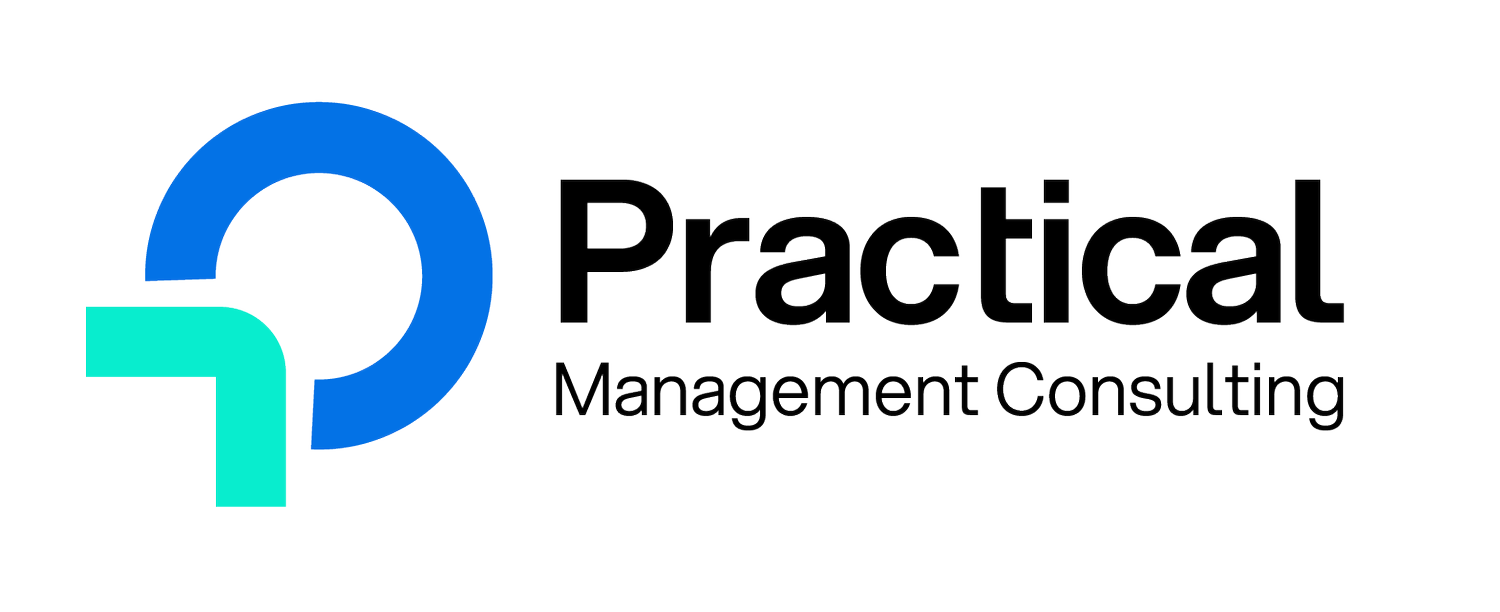How Global Tariffs Could Disrupt Your IT Budget — And What To Do About It
Tariffs rarely make the agenda in IT strategy meetings—but they should.
In recent weeks, global headlines have turned their attention to new and expanded tariffs on everything from semiconductors to networking equipment. These policy shifts may feel like a world away from your IT roadmap, but they have direct implications for how you manage technology investments, vendor contracts, and long-term financial planning.
Why Tariffs Matter to IT
Technology doesn’t exist in a vacuum. Your infrastructure relies on hardware, cloud services, and software ecosystems that span global supply chains. When tariffs increase on imports like servers, chips, and storage components, it drives up costs—sometimes significantly and suddenly. These cost changes can hit before your procurement team even has time to renegotiate.
The Hidden Risks
Tariffs don’t just raise prices. They introduce uncertainty and create ripple effects that can impact:
CapEx budgets for hardware and infrastructure upgrades
OpEx budgets for vendor-managed services tied to affected products
Cloud cost structures, especially if providers adjust pricing in response to their own supply chain challenges
Timelines for technology projects, as supply chain disruptions delay delivery or implementation
Most companies don’t plan for these risks. IT budgets are often built on static assumptions about cost and availability. When tariffs change the landscape, budgets break.
The Strategic Gap
Here’s the reality: very few IT financial plans model for geopolitical risk or macroeconomic volatility. Tariffs, export controls, and trade policy shifts are seen as outside the scope of technology planning—until they aren’t.
We’ve seen this firsthand. Companies scrambling to cover sudden cost increases, re-routing procurement to alternate vendors mid-project, or being forced to delay infrastructure upgrades because of a mismatch between strategic intent and financial readiness.
What You Can Do
Mitigating the impact of tariffs on IT starts with better financial management—built for flexibility, not rigidity.
1. Model for Risk and Volatility
Incorporate scenario planning into your IT budgeting process. What happens if key hardware components rise by 15% next quarter? How would that affect your delivery timeline, project ROI, or vendor relationships?
2. Strengthen Business Cases
Technology investment proposals should account for sourcing risk, total cost of ownership across multiple vendors, and contingencies for price fluctuation. A robust business case gives leadership the confidence to pivot if needed.
3. Coordinate Across IT, Finance, and Procurement
Tariffs live in procurement and finance but hit hardest in IT execution. Aligning these functions ensures that sourcing decisions and contract terms reflect the realities of today’s global tech landscape.
4. Review Contracts and Vendor Dependencies
Now is a good time to re-examine the terms in your vendor agreements—especially for hardware, cloud infrastructure, and managed services. Are you exposed to pass-through costs? Are there SLAs tied to availability of equipment or resources?
Practical Can Help
At Practical Management Consulting, we help companies build resilient, forward-looking IT financial strategies that account for real-world volatility—including global policy shifts like tariffs. Whether you need help reviewing your technology business cases, adjusting your financial plan, or aligning procurement and IT around shared goals—we’ve got you covered.
Let’s Talk
If your IT budget could be disrupted by recent tariff news—or if you’re simply unsure how exposed your technology plans are—we offer a free consultation to review your current process and identify areas for improvement. No pressure, no hard sell—just a conversation to bring more clarity to your IT financial strategy.
Ready to stay ahead of the next global curveball?
[Contact us to learn more.]
